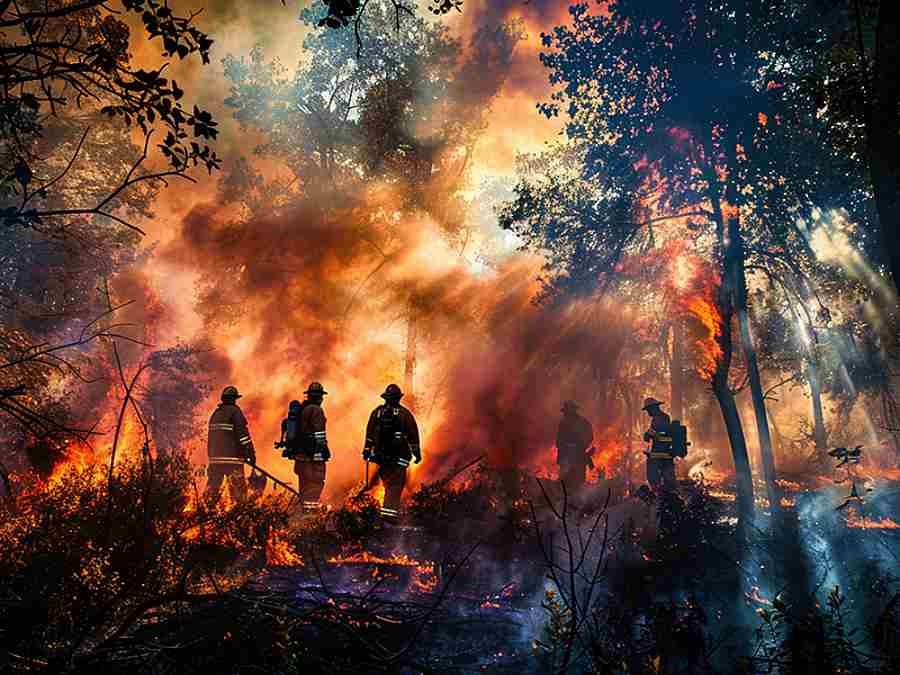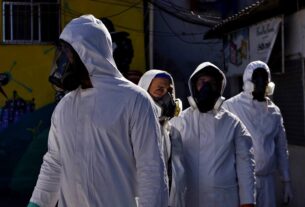Thu 19 September 2024:
Peruvian President Dina Boluarte has declared a state of emergency in the regions of San Martín, Ucayali, and Amazonas, as rampant forest fires continue to devastate vast tracts of land. These fires, many of which are believed to have been sparked by traditional agricultural practices, have consumed over 5,000 hectares (12,355 acres) of forest.
Since July, the National Institute of Civil Defense has tracked 34 active fires, which have claimed 16 lives and injured 140 people. In addition to the loss of human life, the livestock sector has suffered, with 337 animals reported dead. President Boluarte expressed sorrow over the fact that many of these fires were human-caused, often by communities burning grasslands to prepare land for cultivation.
__________________________________________________________________________

https://whatsapp.com/channel/0029VaAtNxX8fewmiFmN7N22
__________________________________________________________________________
Difficult Conditions Hampering Firefighting Efforts
The three most affected regions are experiencing atmospheric conditions that make aerial firefighting nearly impossible. Boluarte, however, assured the people, “You are not alone,” while pleading with communities to stop further burnings. Currently, about 80% of the fires are under control, but the situation remains precarious.
The fires come amidst a severe drought, one of the worst Peru has seen in over a decade, causing several cities to run out of water. In response, Boluarte’s government has sent 20 tons of humanitarian aid to Iquitos to mitigate the water crisis. The combination of fire and drought presents a dual threat to the country’s environment and communities.
History of wild fires





